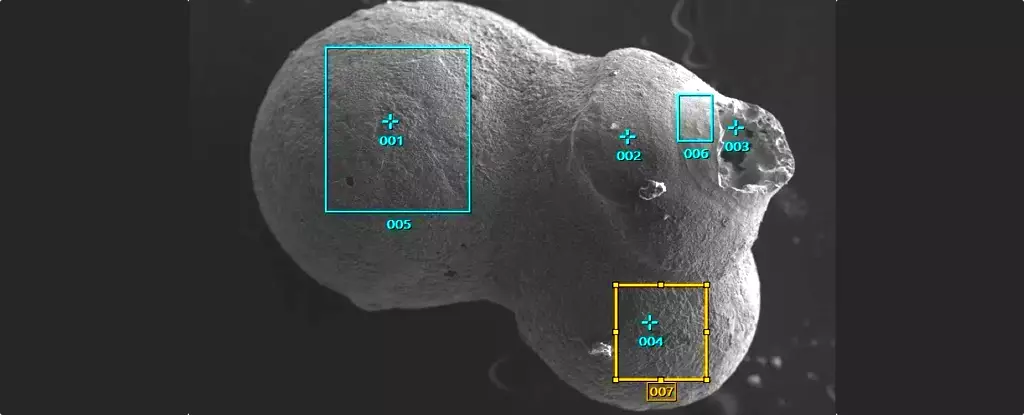The seismic signals that were believed to be caused by an interstellar meteor impacting Earth may not have the extraterrestrial origin that was initially claimed. Upon closer examination, a team of researchers led by planetary seismologist Benjamin Fernando has discovered that the seismic data used to track the meteor’s path into the sea off the coast of Papua New Guinea may have been misinterpreted. Instead of being the result of a meteorite hitting the planet, the signals could potentially be attributed to more mundane sources, such as passing trucks rumbling down nearby roads.
Fernando explains that it can be challenging to definitively determine the source of a seismic signal. In this case, the directional changes observed in the signal align perfectly with a road that passes by the seismometer. By comparing the characteristics of the signal to those expected from a passing truck versus a meteorite impact, Fernando and his team have cast doubt on the initial interpretation of the data.
Nature of Bolides and Seismic Tracking
When a sizable chunk of rock enters the Earth’s atmosphere, it can lead to an explosive event known as a fireball meteor, or bolide. These phenomena occur relatively frequently, with a few dozen bolides striking the Earth each year. Advanced tracking systems allow scientists to monitor the entry of these bolides into the atmosphere and analyze their explosion patterns. Seismic data, gathered from the vibrations generated by infrasound waves during entry and impact, play a crucial role in tracking the trajectories of these celestial objects.
The researchers revisited the seismic data associated with the alleged interstellar meteor impact off the coast of Papua New Guinea and found inconsistencies in the trajectory measurements. The precision of the measurements was unusually high, raising suspicions about the accuracy of the data. By examining signals from multiple monitoring stations in the region, including those designed for detecting nuclear testing, the team was able to trace the seismic signal back to a nearby road rather than the designated impact location in the ocean.
Challenges in Signal Interpretation
The case of the misinterpreted seismic signals serves as a reminder of the complexities involved in deciphering natural phenomena from the background noise of human activity. Similar instances of mistaken signals, such as the misidentification of a microwave oven signal by radio astronomers, illustrate the challenges scientists face in separating genuine astronomical events from terrestrial disturbances.
While the initial claims of the presence of alien technology in the form of microscopic spherules dredged from the seafloor garnered attention, the reevaluation of the seismic data raises doubts about the extraterrestrial origin of the alleged meteor. The researchers caution that extraordinary claims demand extraordinary evidence, and in this case, the evidence for an interstellar meteor impact may have been overstated. The discrepancy in the velocity estimates of the meteor further undermines the validity of the claims, leading to a reassessment of the findings.
In light of the revised interpretation of the seismic signals and the reevaluation of the purported evidence of an interstellar meteor impact, the scientific community must approach extraordinary claims with skepticism and rigor. While the search for signs of extraterrestrial intelligence continues, it is essential to rely on sound scientific methodologies and robust evidence to support such claims. The ongoing scrutiny of seismic data and other forms of evidence will contribute to a better understanding of our universe and the potential presence of extraterrestrial phenomena in our midst.



Leave a Reply